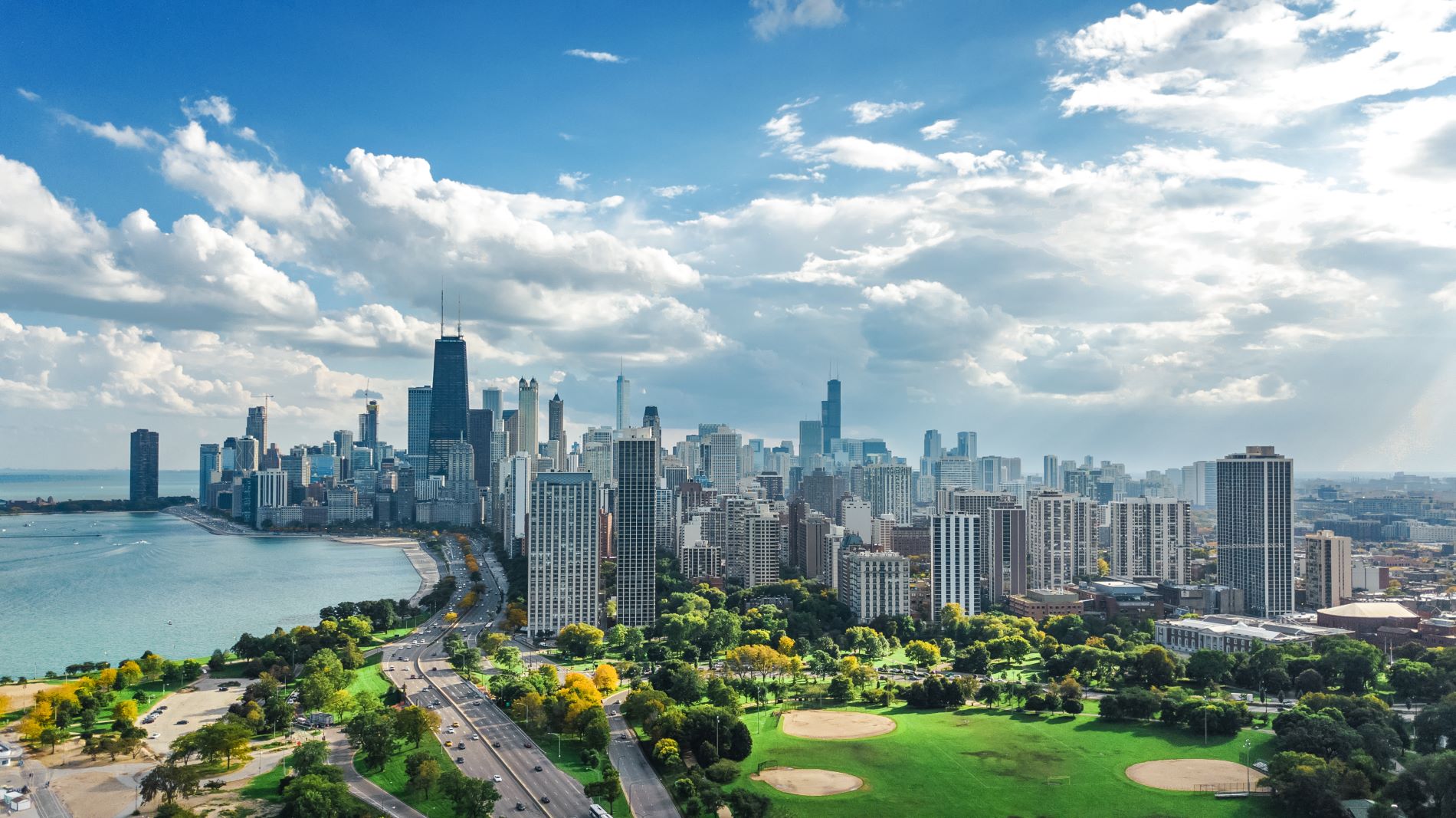Illinois High-Risk Homeowners Insurance
Find affordable Illinois high-risk homeowners insurance. Protect your home from floods, storms, and crime with customized coverage.
Find affordable Illinois high-risk homeowners insurance. Protect your home from floods, storms, and crime with customized coverage.

Owning a home in Illinois comes with many benefits—from the vibrant city life in Chicago to the peaceful countryside and charming suburban neighborhoods. But if your home is considered high risk, finding the right homeowners insurance can be a challenge. Many insurance companies may deny coverage, charge higher premiums, or require additional policies for homes in flood zones, high-crime areas, or storm-prone regions.
At Home Insurance Alternatives, we specialize in helping Illinois homeowners secure affordable high-risk homeowners insurance. Whether you’ve been dropped by your insurer, denied coverage, or faced increased rates due to location risks or past claims, we’re here to help you find a policy that fits your needs and budget.
Insurance companies label homes as high risk based on factors that increase the likelihood of claims. In Illinois, these risk factors include:
Certain parts of Illinois, especially urban areas, have higher crime rates, making homes in these locations more expensive to insure. Insurers may increase premiums or deny coverage due to risks of theft and vandalism.
Older homes, particularly in historic districts or rural areas, may have outdated electrical, plumbing, or roofing systems, increasing the chances of fire, leaks, or structural damage.
If you’ve filed multiple claims, or if your home has a history of insurance claims, insurers may consider your property high risk, making coverage harder to find.
Some insurance companies in Illinois use credit scores to determine risk. If you have a lower credit score, you may face higher insurance rates.
If your home is labeled high risk, you still need comprehensive coverage to protect against potential disasters. Most Illinois high-risk homeowners insurance policies include:
✅ Dwelling Coverage – Pays to repair or rebuild your home after covered damages from fire, wind, or theft.
✅ Personal Property Protection – Covers furniture, electronics, and belongings damaged in a covered event.
✅ Liability Protection – Helps pay for legal and medical expenses if someone is injured on your property.
✅ Additional Living Expenses (ALE) – Covers temporary housing costs if your home becomes unlivable due to a covered loss.
Depending on your risk factors, you may need additional coverage, such as:
If you can’t get coverage through private insurers, Illinois offers a FAIR Plan (Fair Access to Insurance Requirements) for homeowners who are denied insurance due to high risk factors.
✅ Provides basic coverage for high-risk homes
✅ Available for homeowners denied private insurance
🚫 Higher premiums compared to private insurance
🚫 Limited coverage—may not include flood or theft protection
Since the Illinois FAIR Plan is more expensive and has fewer benefits, homeowners are encouraged to explore private insurance options first.
If your home is considered high risk, you still have options beyond standard insurance. Here’s how to find better coverage at affordable rates:
Not all insurance companies offer high-risk coverage, but some specialize in Illinois high-risk homeowners insurance. Working with an expert can help you access policies tailored to your home’s needs.
Different insurers calculate risk differently, meaning rates can vary significantly. Getting multiple quotes ensures you find the best coverage at the lowest price.
Taking steps to reduce risk can help lower your premiums:
Opting for a higher deductible can lower your monthly premiums. Just make sure you can afford out-of-pocket costs if you need to file a claim.
Combining your home and auto insurance with the same provider may qualify you for multi-policy discounts, helping you save on premiums.
At Home Insurance Alternatives, we specialize in helping Illinois homeowners secure affordable high-risk homeowners insurance. We understand the unique risks in Illinois—flooding, tornadoes, winter storms, and crime rates—and work with insurers that cover hard-to-insure properties.
✅ We specialize in high-risk homes – including homes in flood zones, high-crime areas, and storm-prone locations.
✅ We compare multiple insurers – to find the best coverage at the lowest cost.
✅ We offer personalized service – helping you navigate the complex world of high-risk homeowners insurance.
If your home is considered high risk, securing affordable and reliable insurance is still possible. Whether you need private market insurance, Illinois FAIR Plan coverage, or help reducing your home’s risk, we’re here to help.
Contact us today for a free quote and find the best Illinois high-risk homeowners insurance for your home.
🔹 Protect your home, your investment, and your peace of mind—get covered today! 🔹